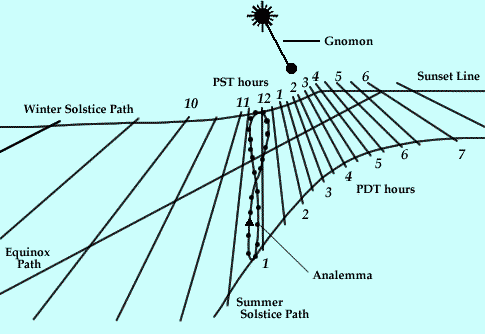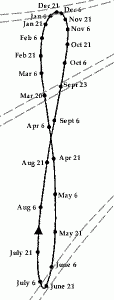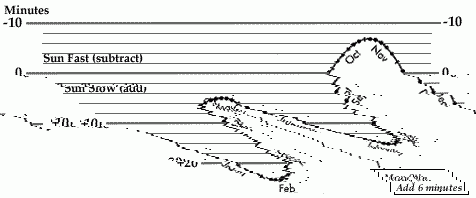Completed in 1994, this spectacular building was designed by the renowned architect Cesar Pelli. It is a complex of three above-ground structures and a huge basement laboratory. The three structures consist of an auditorium wing with a swooping roof line, a soaring six-story office and library tower, and a four-story horizontal wing of labs and offices. For undergraduates, the complex includes four new auditoria, a planetarium, classrooms, and adaptable, first-floor lab space.
Size
265,000 gross square feet comprised of 38 research laboratories, 19 class laboratories, 7 classrooms/seminar rooms, machine shop, loading dock, demonstration preparation area, 4 lecture halls with capacities ranging from 85 to 250 students and a 40-seat planetarium.
Materials
900,000 bricks in 12 colors and textures; building exterior of cast stone; exterior steps of Castelucci granite; interior stair treads of Terrazzo; flooring of cut slate in 6 colors; double glazed exterior glass with custom ceramic frit patterns in stairwell windows and sky lights; white birch for interior trim.
Details & Decoration
On the south wall of the auditorium wing, facing Pacific Street, is a sundial created of a giant web of green tubing and designed by Astronomy Professor Woodruff Sullivan. The sundial even has it's own webcam, check it out. The building's exterior walls are adorned with 30 formulae and diagrams are cut in the stone, including a representation of Nobel Prize-winning Physics Professor Hans Dehmelt's electron trap. The large stairwell windows display a repeating crystalline pattern inspired by quasi-crystals, recently found in some natural materials, and designed by Physics Professor Robert Ingalls. A Foulcault Pendulum hangs in the lobby of the auditorium area. In the courtyard, stands one of the UW's largest sculptures, Martin Puryear's Everything That Rises, more commonly known as the "Peanut". For more information on the Cartouches, please visit Cartouche (PDF).
The Sundial

How the Sundial Works
As the sun moves daily from east to west, the gnomon's shadow follows a path from left to right, ending at the sunset line. The shadow indicates the hour of day; when it is local solar noon, the sun is due south and the shadow is exactly vertical. The daily paths vary through the seasons. In summer the sun is higher in the sky and the gnomon ball's shadow falls lower on the sundial, while in winter the sun is lower and the shadow falls higher. Paths are shown for the winter solstice (December 21st), the spring and autumn equinoxes (March 20th and September 23rd), and the summer solstice (June 21st).
The Analemma

- Read the long shadow cast by the gnomon tube on the wall; this is local solar time. If it is the season when clocks are set one hour ahead to Pacific Daylight Time (PDT), read the lower ends of the hour lines; for Pacific Standard Time (PST), read the upper ends.
- To find clock time, adjust your reading by the amount shown on the plot (see below).
Example: For a date of May 9th, the plot indicates that the sun is 6 minutes slower than clock time (dots on the curve are at 5-day intervals, e.g. May 5th, May 10th, May 15th, etc). Since Daylight Time is in effect, read the shadow on the lower scale. If the sundial reads 1:30 on this scale, add 6 minutes and the time is thus 1:36 PDT.

The adjustment on the graph (see above) is caused by the combination of the following effects:
- We in Seattle and all others in the Pacific Standard Time zone keep a clock time based on the solar time at the arbitrary longitude of 120 deg W, which happens to pass through the town of Chelan. However, we are located 2 deg 19 min to the west of this longitude, and thus at any instant the sun in Seattle indicates a time 9.2 minutes earlier than the sun in Chelan.
- Our clocks run uniformly, but solar time either lags or leads clock time because the apparent speed of the sun across the sky varies slightly throughout the year. This variation is caused by the small noncircularity of the earth's orbit around the sun (in January we are 3% closer to the sun than in July), and by the 23.4 degree tilt of the earth's rotation axis.
Longitude: 122 19'W
Latitude: 47 39' N
Wall Azimuth: 36 34' W of S
Gnomon: aligned with the north celestial pol